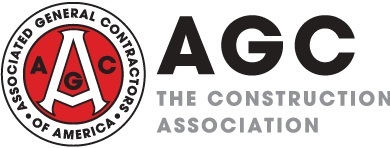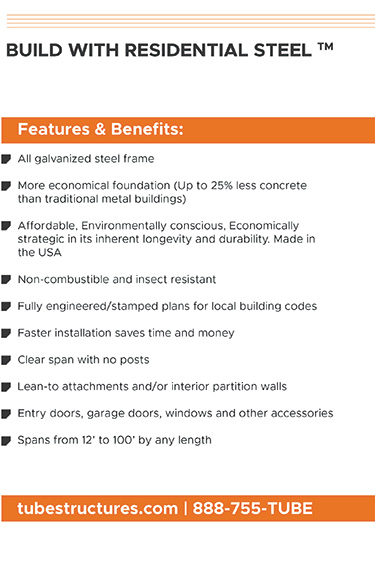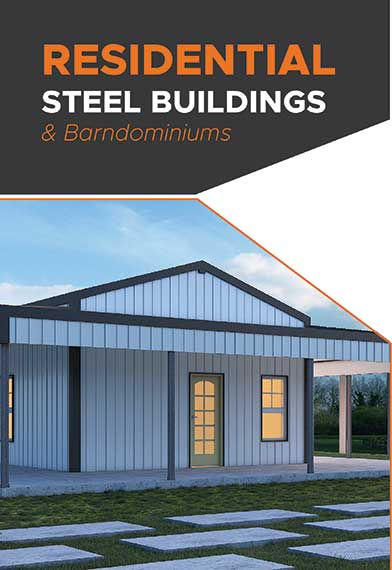Bid price PPI rises in October, materials costs hold steady, highway cost index jumps, AGC says
- November 7, 2020
- Posted by: Alan Hageman
- Category: News

Contractors’ bid prices increased 0.4 percent from September to October, while materials and services input costs held steady for the month, based on an Associated General Contractors’ (AGC) analysis of producer price indexes (PPIs) from the U.S. Bureau of Labor Statistics. Compared to October 2018, the PPI for new nonresidential building construction, a measure of the price that contractors say they would charge to build a fixed set of buildings, rose 4 percent. Increases ranged from 2.9 percent year-over-year for new office buildings to 3.2 percent for healthcare buildings, 4.6 percent for industrial and school buildings, and 5.8 percent for warehouses. Increases in PPIs for subcontractors’ new, repair and maintenance work on nonresidential buildings ranged from 3.6 percent year-over-year for electrical contractors to 3.8 percent for roofing and plumbing contractors, and 4.7 percent for concrete contractors. Most of these year-over-year increases were the smallest in more than a year. In contrast to the rise in output prices, the PPI for inputs to construction—excluding capital investment, labor and imports—decreased 0.5 percent year-over-year, a sharp deceleration from the 6.7 percent increase one year earlier. This index covers both goods (56 percent) and services (44 percent). The PPI for energy inputs to construction tumbled 16 percent year-over-year. The PPI for non-energy goods inputs rose 0.5 percent year-over-year; the index for services inputs increased 1.8 percent year-over-year. Price increases turned negative for some previously fast-rising inputs such as diesel fuel (down 19 percent year-over-year, following a 27 percent jump a year earlier); steel mill products (-13 percent year-over-year, following a 19 percent gain); gypsum products (-7.1 percent year-over-year, following a 6.2 percent rise); and aluminum mill shapes, -5.4 percent year-over-year, following an 8.6 percent gain). In addition, lumber and plywood prices retreated 5.2 percent year-over-year. In contrast, the PPI for architectural coatings rose 6.6 percent year-over-year, versus 4.3 percent a year earlier.
The Federal Highway Administration (FHA) posted a second-quarter (Q2) 2019 value for its National Highway Construction Cost Index (NHCCI), along with revisions for the two previous quarters. The index rose 5.4 percent from Q1 and 11 percent from Q2 2018, a steep acceleration from the 4.0 percent increase between Q2 2017 and Q2 2018. According to the FHA, the NHCCI “is a quarterly price index intended to measure the average changes in the prices of highway construction costs over time and to convert current-dollar highway construction expenditures to real-dollar expenditures. … The NHCCI covers the universe of the nation’s highway projects and arrive[s] at an average cost index for all highway construction.” Census bureau data show highway and street construction spending rose 15 percent from Q2 2018 to Q2 2019, but the 11 percent jump in the NHCCI suggests much of this current-dollar increase may have resulted from higher prices rather than additional units (such as lane-miles).
Construction data firm ConstructConnect reported that the value of construction starts, not seasonally adjusted, decreased 4.8 percent year-over-year in October from October 2018. Chief economist Alex Carrick noted, “Since large project groundbreakings can often introduce notable volatility in the monthly ‘starts’ numbers and their period-to-period percentage changes, it is informative to also study ‘smoothed’ series…On a 12-month moving average basis, October 2019’s total nonresidential starts were +6.0 percent versus the previous 12 months (i.e., November 2018-to-October 2019 versus November 2017-to-October 2018). Type-of-structure subcategory starts on the same 12-month-over-prior-12-month terms in October 2019 were: commercial, -5.7 percent; industrial, 57.4 percent; institutional, 1.6 percent; and engineering, 9.2 percent….The ‘smoothed’ grand total of starts, which includes residential, was flat (0.2 percent) in October. Residential activity has been -8.7 percent on a 12-month moving average basis, with multifamily starts reversing (-12.8 percent) about twice as quickly as single-family groundbreakings (-6.8 percent).”


